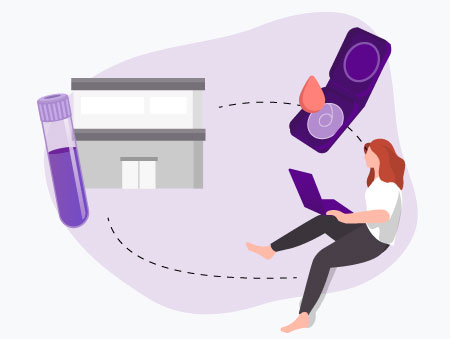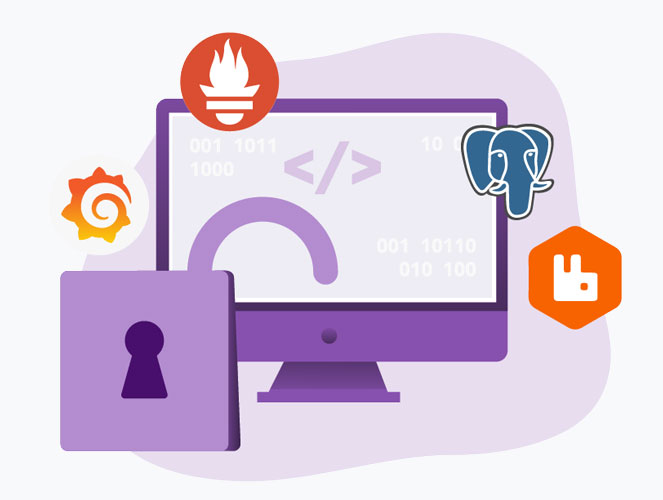The Shift Toward Direct-to-Consumer Laboratory Testing
Due to the comprehensive coverage of the German healthcare system, the secondary healthcare market (also known as the “private” or “self-pay” market) – and thus the direct-to-consumer (D2C) lab business – was historically of little relevance beyond a few individual health services (IGeL).
However, driven by structural, social, and technological developments, insured individuals are shifting from reactive use of medical services toward active, data-driven self-management of their health.
The secondary healthcare market is growing because patients seek more autonomy, convenience, and transparency – and because technology and regulation continuously legitimize and operationalize this trend. As a result, interest in D2C laboratory services is increasing. But what does this actually mean for the German laboratory landscape? And what opportunities, challenges, and regulatory aspects are associated with it?
New Revenue Streams and Stronger Customer Relationships
D2C models offer laboratories key opportunities for positioning, differentiation, and revenue growth. By expanding their portfolios, they can tap into new income streams – from private individuals paying for preventive or lifestyle tests (self-pay services) to companies offering health screenings to their employees.
At the same time, laboratories increase brand visibility, allowing them to build trust and patient loyalty directly, and to engage traditional healthcare providers more effectively.
Another major advantage is accessibility. By presenting test results clearly and comprehensibly, laboratories empower individuals to understand their health data.
Exploring Business Models and Sales Channels
The D2C lab market does not follow a one-size-fits-all model. Multiple approaches coexist, each with specific advantages and challenges for laboratories. Current examples include:
Home Tests: Customers can perform tests themselves at home (e.g., with dried blood spot cards) and send the samples to the lab. This is particularly attractive for preventive and lifestyle analyses. For laboratories, the model is scalable and convenient, though sample quality cannot always be guaranteed.
Walk-in Locations or Satellite Stations: Self-paying persons can have samples taken at laboratories or partner sites (e.g., pharmacies) and often receive results the same day. As with home tests, this model works well for instances like general health checks and HIV tests. Many labs also offer add-ons such as medical consultations or anonymous analyses. However, the service is resource-intensive for labs.
B2B2C Partnerships: Collaborations with existing healthcare providers or corporate wellness programs enable rapid market access. For example, information leaflets can be displayed in waiting rooms or offices, and joint testing campaigns can reach end customers through reliable infrastructures. However, this requires margin sharing and coordination.
White-Label or Co-Branding Solutions: Allow smaller laboratories to enter the market quickly by leveraging shared infrastructure and marketing reach.
Each model must balance scalability, quality assurance, and patient experience.
Understanding and Communicating Lab Results
A cornerstone of successful D2C diagnostics is accessible result presentation. Test results should be explained in plain language with clear visual aids such as charts.
Contextual information is also crucial. Reference ranges, biological background, and limitations help individuals interpret their results correctly. Clear guidance such as “When should I see a doctor?” or links to teleconsultations can bridge the gap between digital diagnostics and clinical care.
Recognizing and Managing Opportunities and Risks
Despite the significant market potential, laboratories must also consider the risks of the D2C Model:
High marketing costs and competition: Paid media, influencer collaborations, and comparison portals drive up customer acquisition costs (CAC).
Operational complexity: Managing logistics, customer support, and tracking for home test kits requires dedicated resources.
Channel conflicts: D2C tests may burden physicians (and thus the lab’s own B2B clients) with unpaid follow-up work when patients seek medical advice about self-ordered tests and their results.
Legal and reputational risks: Misinterpreted results or overdiagnosis can erode trust if not handled carefully.
Countermeasures include revenue-sharing models with medical partners, clear escalation paths for abnormal results, and consistent expectation management.
Outlook: Collaboration as the Key to Innovation
The direct-to-consumer lab market is still evolving, but its trajectory is already clear. By combining medical expertise, digital tools, and strong governance, laboratories can get closer to end users than ever before – without compromising on quality or ethics.
The laboratory of the future will be defined by collaborative innovation: a model in which diagnostics are not only medically precise but also patient-centered, comprehensible, and accessible to everyone.
Call to Action
If you want to strengthen your laboratory for the growing D2C market, medicalvalues supports you with the right technology and expertise – from strategy to implementation.




